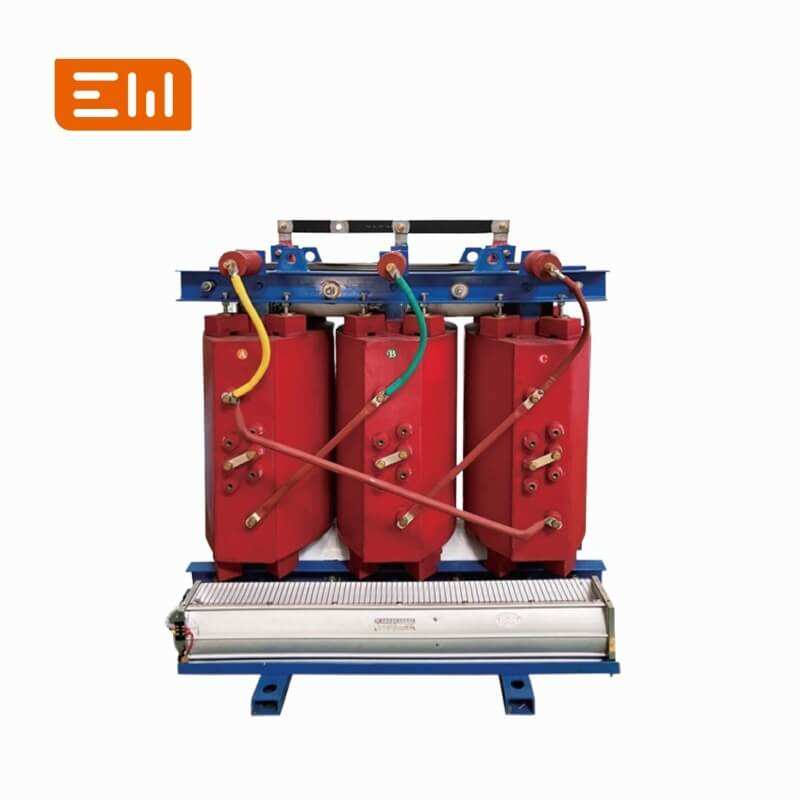Electrical Transformer Solutions for Residential Power Networks
Residential neighborhoods depend on medium-to-low voltage electrical transformers to step down utility feeders for safe household consumption. As cities densify and residential loads include electric vehicles, heat pumps, and home offices, utilities must evaluate transformer sizing, efficiency, and monitoring more carefully.
Quick Definition: A residential electrical transformer is a distribution transformer that converts medium-voltage utility power (typically 10–35 kV) to low voltage service (120/240 V or 230 V) for homes, apartments, and mixed-use developments.
Key Project Takeaways
- Residential transformers must meet IEC 60076 or IEEE C57 series standards, ensuring temperature rise and insulation performance.
- Load diversity, EV charging, and rooftop solar dictate capacity planning and tap changer selection.
- Enwei Electric provides oil-immersed and dry-type transformers configurable for pad-mount or pole-mount installations.
- External references from IEC, IEEE, and DOE guide efficiency and safety compliance.
Why Residential Transformer Planning Matters Today
Housing developments are experiencing unprecedented electrical demand. Electric vehicle adoption adds nighttime peak loads, while rooftop solar and battery storage introduce bidirectional power flows. Transformers that once operated comfortably near 60 % loading now face higher utilization and more frequent tap adjustments.
Without proactive upgrades, utilities risk voltage drop, accelerated insulation ageing, and nuisance outages. Modern residential electrical transformer deployments emphasize energy efficiency, overload capability, and digital sensing so operators can adapt to evolving consumption profiles.
Transformer Fundamentals for Residential Networks
Residential transformers are typically single-phase oil-immersed units for pole mounting or three-phase pad-mounted designs serving larger communities. Key design elements include core material selection (grain-oriented steel or amorphous alloy), high-temperature insulation, and sealed tank construction to prevent moisture ingress.
Smart monitoring is increasingly standard. Temperature probes, oil-level sensors, and low-cost IoT gateways help utilities perform condition-based maintenance. Voltage regulation may employ on-load tap changers (OLTC) in dense urban areas, while off-circuit tap changers suffice in rural networks with stable voltage.
Standards and Regulatory References
Designers should anchor specifications in respected global standards:
- IEC 60076-1:2020 — Defines general requirements for power transformers, including temperature rise and dielectric tests. Source: International Electrotechnical Commission
- IEEE C57.12.20-2017 — Covers pad-mounted, compartmental-type distribution transformers. Source: IEEE Standards Association
- U.S. DOE 2016 Efficiency Standards — Sets minimum efficiency requirements for distribution transformers. Source: U.S. Department of Energy
Static references to these standards help stakeholders validate transformer performance and streamline regulatory approvals.
Design Considerations and Comparison Table
| Design Factor | Engineering Guidance | Operational Benefit |
|---|---|---|
| Capacity & Loading | Size for 70 % average load with 20 % emergency overload margin | Accommodates EV charging and seasonal peaks. |
| Insulation Class | Use cellulose or aramid insulation rated for 105 °C or above | Extends life under higher ambient temperatures. |
| Efficiency | Specify DOE-compliant low-loss designs with amorphous cores for urban areas | Reduces lifecycle energy costs and greenhouse gas emissions. |
| Protection | Include pressure relief valves, bayonet fuses, and secondary surge arresters | Prevents catastrophic tank failures and customer outages. |
| Monitoring | Add remote temperature and oil sensors with secure telemetry | Enables predictive maintenance and faster outage response. |
Deployment Scenarios in Residential Settings
Suburban subdivisions: Often use pad-mounted transformers rated 500–1,500 kVA. Underground distribution requires tamper-proof enclosures and clearances aligned with municipal codes.
Urban infill projects: High-rise residences may rely on compact dry-type transformers within electrical rooms. Fire-resistant enclosures and low-noise designs protect occupants.
Rural communities: Pole-mounted single-phase units deliver 25–100 kVA per feeder. Lightning arresters and wildlife guards mitigate outage risks.
Microgrids and gated communities: Transformers integrate with battery storage and backup generators. Communication-ready sensors allow coordination with energy management systems.
Enwei Electric’s Residential Transformer Offerings
Enwei Electric manufactures oil-immersed distribution transformers ranging from 30 kVA to 31,500 kVA, using automated core stacking and vacuum drying to ensure consistency. Review the portfolio at https://www.enweielectric.com/products/transformers.
The SH15 and S13 series, detailed at https://www.enweielectric.com/products/transformers/oil-immersed-transformers, offer reduced no-load losses and robust hermetic sealing ideal for suburban pads. For condominium towers requiring indoor installations, Enwei Electric’s dry-type lineup at https://www.enweielectric.com/products/transformers/dry-type-transformers provides low-noise, self-extinguishing options.
Maintenance Practices for Residential Transformers
Routine inspections should include oil sampling, dissolved gas analysis, and thermographic surveys to detect hotspots. Utilities can schedule OLTC maintenance cycles based on switching operations, minimizing wear. Vegetation control and clear signage around pad-mounted units protect against accidental damage.
Digital monitoring platforms help utilities prioritize dispatches. Alerts for temperature excursions or oil level drops trigger proactive repairs, reducing outage duration and customer complaints.
Specification Checklist for Project Teams
- Define load diversity, EV charging penetration, and rooftop solar interconnection capacity.
- Confirm voltage class, vector group, and tap range compatible with the distribution feeder.
- Specify insulation class, cooling type (ONAN/ONAF), and enclosure requirements.
- Integrate surge protection, grounding, and wildlife guards for safety.
- Plan for remote monitoring, communication protocols, and asset management integration.
Engineering FAQ on Residential Transformers
What transformer sizes are common in residential areas?
Single-family neighborhoods often use 25–100 kVA single-phase transformers, while apartment complexes may require 500–2,000 kVA three-phase pad-mounted units.
How do EV chargers affect residential transformer selection?
EV chargers increase evening peak demand, so engineers may oversize transformers by 20–30 % and deploy load management systems to prevent overloads.
Why partner with Enwei Electric for residential transformers?
Enwei Electric delivers high-efficiency oil-immersed and dry-type transformers, supported by digital monitoring options and integration with low voltage switchgear.
Call to Action: Upgrade Residential Transformers with Confidence
Reliable residential electrical transformers underpin safe, efficient communities. Collaborate with Enwei Electric to access proven designs, comprehensive documentation, and lifecycle support. Contact Enwei Electric today to tailor transformer solutions for your next residential development.
Project Applications
See real-world deployment examples and gallery highlights across Enwei Electric product hubs:
- Transformer solutions for distribution and industrial projects.
- Switchgear portfolios covering medium- and low-voltage control rooms.
- Current transformer ranges supporting precision metering and protection.
- Prefabricated substations that integrate transformers, switchgear, and panels.
Table of Contents
- Electrical Transformer Solutions for Residential Power Networks
- Key Project Takeaways
- Why Residential Transformer Planning Matters Today
- Transformer Fundamentals for Residential Networks
- Standards and Regulatory References
- Design Considerations and Comparison Table
- Deployment Scenarios in Residential Settings
- Enwei Electric’s Residential Transformer Offerings
- Maintenance Practices for Residential Transformers
- Specification Checklist for Project Teams
- Engineering FAQ on Residential Transformers
- Call to Action: Upgrade Residential Transformers with Confidence
- Project Applications


